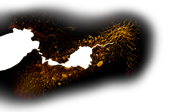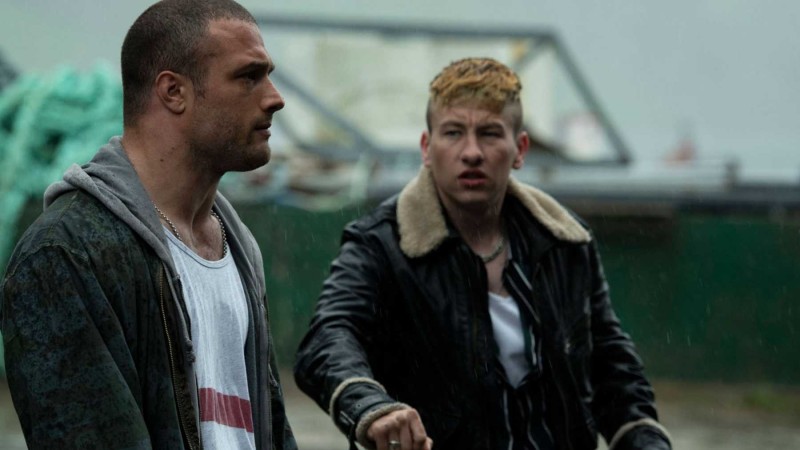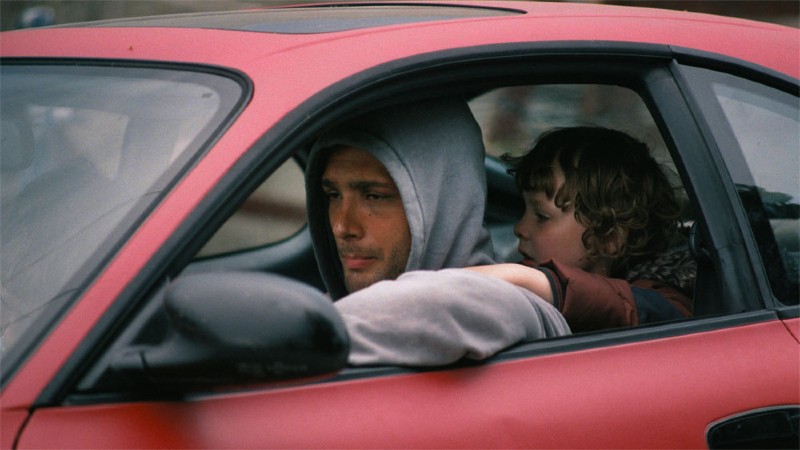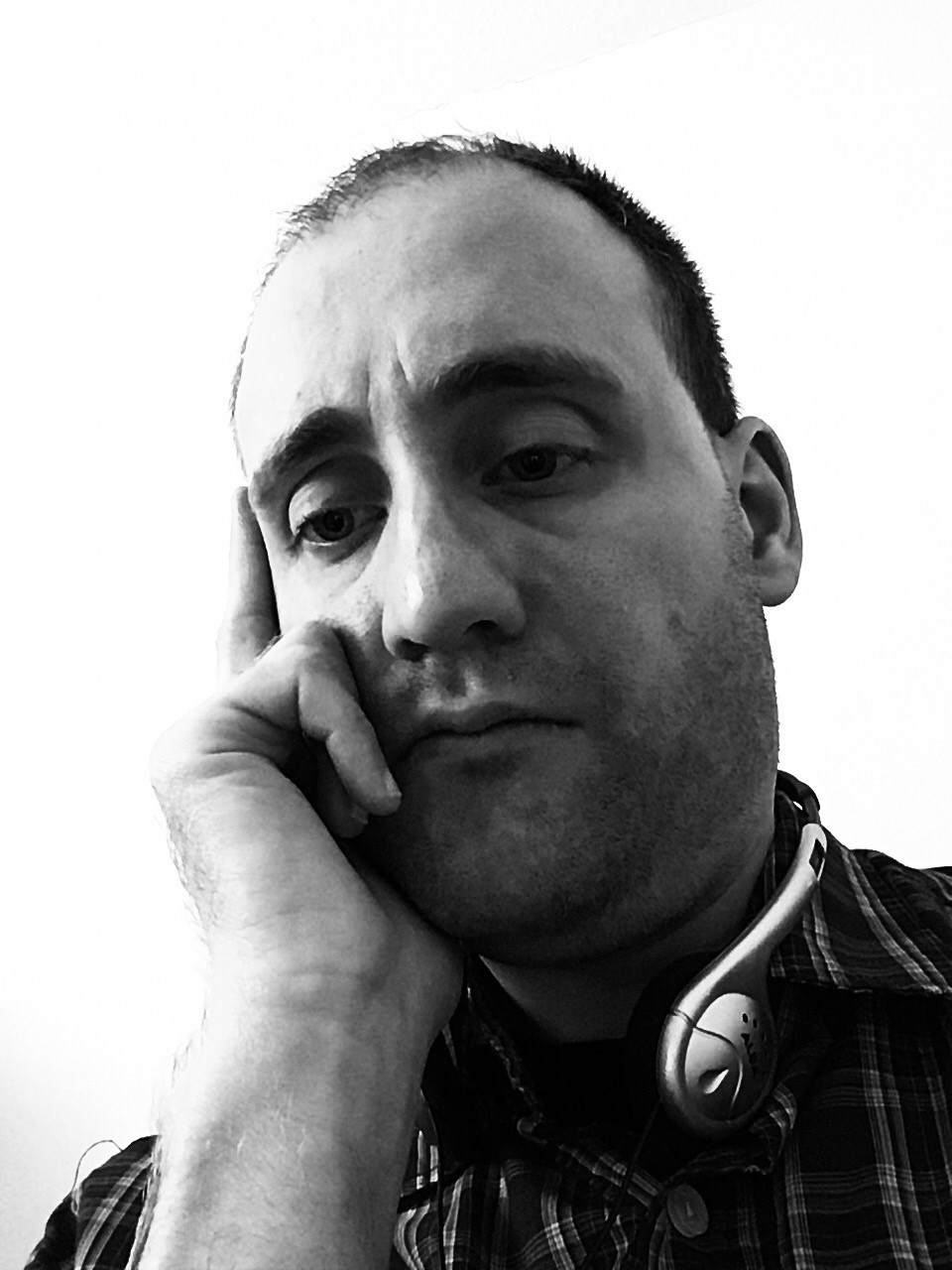




In director Nick Rowland’s directorial feature debut Calm With Horses, an adaptation of Colin Barrett’s short story, ex-boxer Douglas ‘Arm’ Armstrong (Cosmo Jarvis) has become the feared enforcer for the drug-dealing Devers family. While spending much of his time with business partner, he also tries to be a good father to his autistic young son. But when he is asked to kill for the first time, his loyalties are tested.
Rowland’s previous credits include the BBC series Ripper Street and Hard Sun, and his short films have broached a range of subjects, from Dancing in the Ashes (2012) about a young Jewish ballerina in a Nazi concentration camp to Group B (2015), about a rally driver making his comeback to competitive racing.
In a candid conversation with DMovies, Rowland detailed his specific approach to the cinematography, the audience’s impression of “hyper-violence”, the surprising transformation of his own interest in the story, and much more!
…
.
Paul Risker – Why film as a means of creative expression? Was there an inspirational or defining moment for you personally?
Nick Rowland – I spent most of my teenage years rally driving, so I was heavily focused on motorsport. I grew up in the Midlands near Peterborough and there wasn’t a cinema in my town, so I had to travel into the city. I wasn’t hugely exposed to cinema growing, but I’ve always been quite sensitive and artistic, and interested in creating things. When I was 19 years old I moved to Scotland with my mum, and being away from a lot of my friends it was around that time I began watching movies – the Film4 channel and more art house films.
I remember watching Trainspotting (Danny Boyle, 19916) and Diving Bell and the Butterfly (Julian Schnabel, 2008) on a double bill, and until then I’d absorbed the stories, and those two films together made me become interested in the way they’d been told – the point of view, the camera work and the way they’d been edited.
The reason why I went to film school was because I didn’t know what I wanted to do with my life once my racing career dried up. I took an online multiple choice quiz and the first thing it suggested was to be a librarian, and I thought, ‘I can’t do that because I’m dyslexic.’ Number two on the list was film production, so I took myself off to film school.

PR – Is the short story more well suited to film adaptation than a novel because you are able to add to the source material, as opposed to condensing it?
NR – I can only speak from my experiences because I’ve never adapted a novel, and Calm With Horses is more of a novella – it was a 70 page short story. It was perfect because it gave us a skeleton, but it was missing a second act, and for us it was very much about retaining the spirit of the novella. We had to build on it rather than cut it down and that’s more of a creative process.
The short story is focused on the crime side of the plot and while you do see Cosmo Jarvis’s character with his son, they’re not linked to the story in any way – they’re little vignettes that give you a bit of characterisation. We wanted to draw that side of the story out and to make that the heartbeat of the film, and to also expand Niamh Algar’s character [Arm’s ex-partner].
Making the leap from short films to features and having a skeleton to work from, and the characters in place to develop was a great experience. Film4 were very supportive and also Colin Barrett was not precious over the material. Once he gave us the option, he just said, “Go mad lads and do what you want with it.” In his eyes a successful adaptation is something that develops the idea further, and it has to change because the medium is changing.
PR – Was it your intention throughout the film to create a movement between the wide shot close up, and specifically in the film’s opening violence?
NR – One of the first things I do when I’m thinking about how to shoot the scene is to think about the point-of-view that we’re in at that moment. With this film, a lot of the time the point-of-view is fixed very closely to Arm and that’s because he doesn’t say much, and he’s not very good at articulating what he wants or how he’s feeling. So it’s important that the camera is seemingly subjective much of the time so that we are in his head, and we can feel what he’s feeling and pick up on very small details and little clues that give us insight into what’s going on in his head.
This would sometimes dictate being close to him, but by contrast I wanted to introduce him in an objective rather than a subjective way, and that’s why the opening beating is more voyeuristic, and it’s in a wide shot. I wanted to present Arm and his day job of beating people up in a cold and unsympathetic way, and then invite you to actually empathise with him as the film goes on.
I find it funny that some people have said that the film is “hyper-violent” or it’s one of the most violent movies they have ever seen. There are only two scenes of violence in the film, but when the violence is onscreen it’s visceral and it does mean something. The violence has consequences and weight to it, and it’s very unpleasant. There’s a lot of tension throughout the film and the threat of violence is around the corner, and that’s what probably gives people this feeling of violence throughout the whole piece. But it’s only ever used sparingly and for the sake of the story.

PR – Would you agree that film is not just a narrative experience, but is a piece of art to be looked at and experienced aesthetically?
What I love about cinema is the fact it’s an art form that encompasses so many other things. It’s theatre and emotion, performance and story, mixed with painting and images, music, sound design and architecture. There are so many layers to it, and it’s how all these things mix together that makes it so effective and exciting when it’s done well.
Piers McGrail does a fantastic job with the cinematography, but it’s the way it’s complimented by Matis Rei’s sound design, and Blanck Mass who did the soundtrack. It’s all of those three elements working together that allow you to move into more expressionistic places.
As I was saying earlier, telling the story from a very subjective point-of-view allows you to be expressionistic with the language of the story. For example, there’s a scene in the nightclub where the camera moves in on Cosmo and transitions into slow motion. There’s the music that Blanck Mass wrote for that track, and it’s diegetic music that’s actually playing in the space, that responds to Arm’s emotions in that moment. Then there’s the sound design that takes over and heightens the subjectivity. Moments like that I get the most thrill out of because you’re using all of the tools at your disposal to allow you to show and to feel an emotion, rather than just telling the audience. And that’s when I think it’s the most fun for all of us as collaborators because we are all riffing off of each other.
PR – Filmmaker Christoph Behl remarked to me: “You are evolving, and after the film, you are not the same person as you were before.” Do you perceive there to be a transformative aspect to the creative process?
NR – Over a five-year period I’m a very different person to who I was when I stepped up to make the film. What’s interesting is that what initially attracted me to the story was the genre, the crime story elements, but as the project went on I became more interested in the emotional and dramatic side with his son and ex-partner. So as the project developed more of the sensitivity came to the fore, and also once you get actors involved, then the film day-by-day naturally morphs because you’re reacting to one another, you’re finding the film together and that’s always exciting.
I feel like such a different filmmaker now than I was when I started and I think if only I could go back to the start again with everything I know now, I would love that opportunity. But that’s what drives you onto the next project. By the time you get to the end of the story you’re so saturated, and it has beaten you down in many ways. I remember as soon as I’d finished Calm With Horses, I just had a huge desire to do a love story or a romance film after spending years with these gangsters.
Nick Rowland is pictured at the top of this interview. The other images are from ‘Calm with Horses’, which is available on all major VoD platforms now.





















